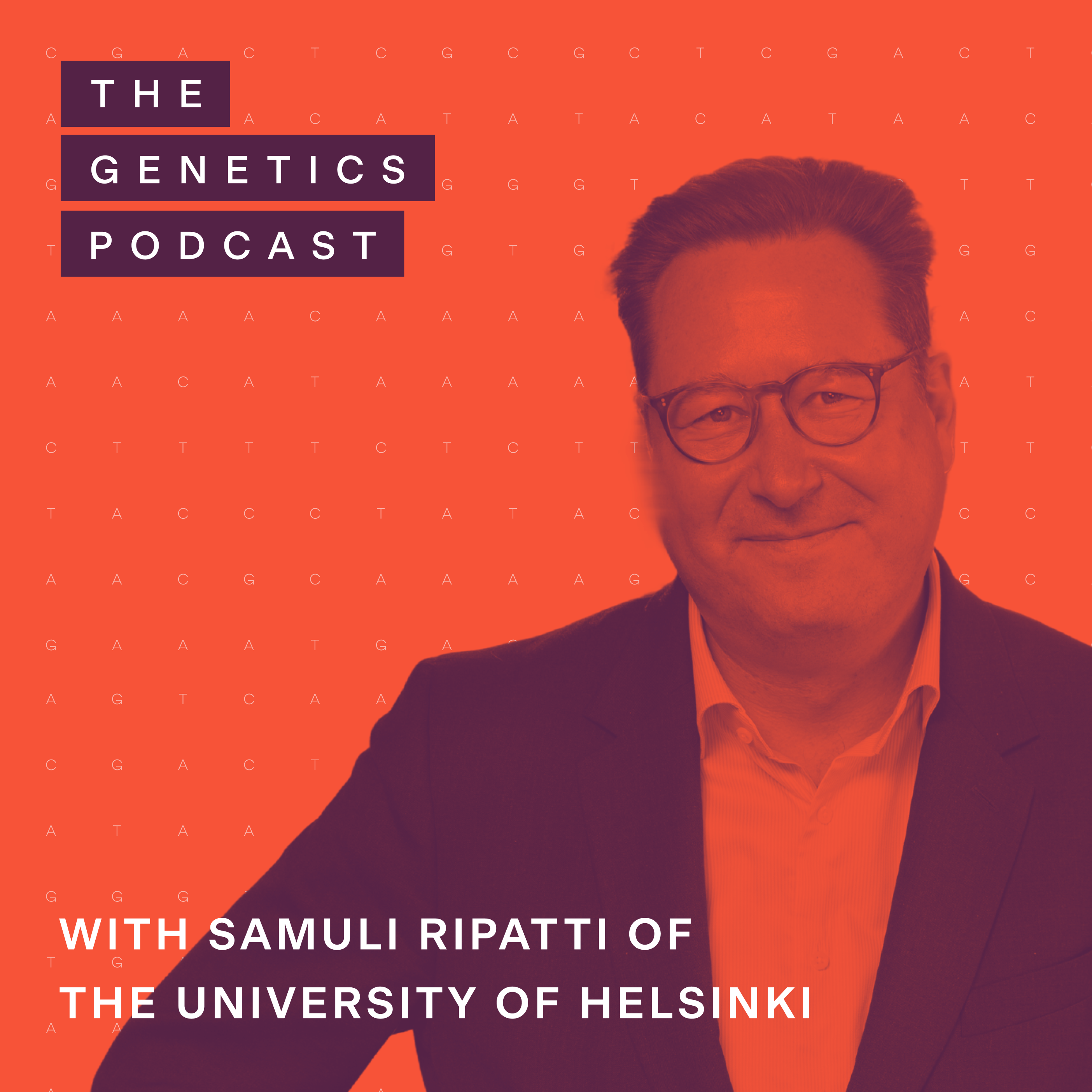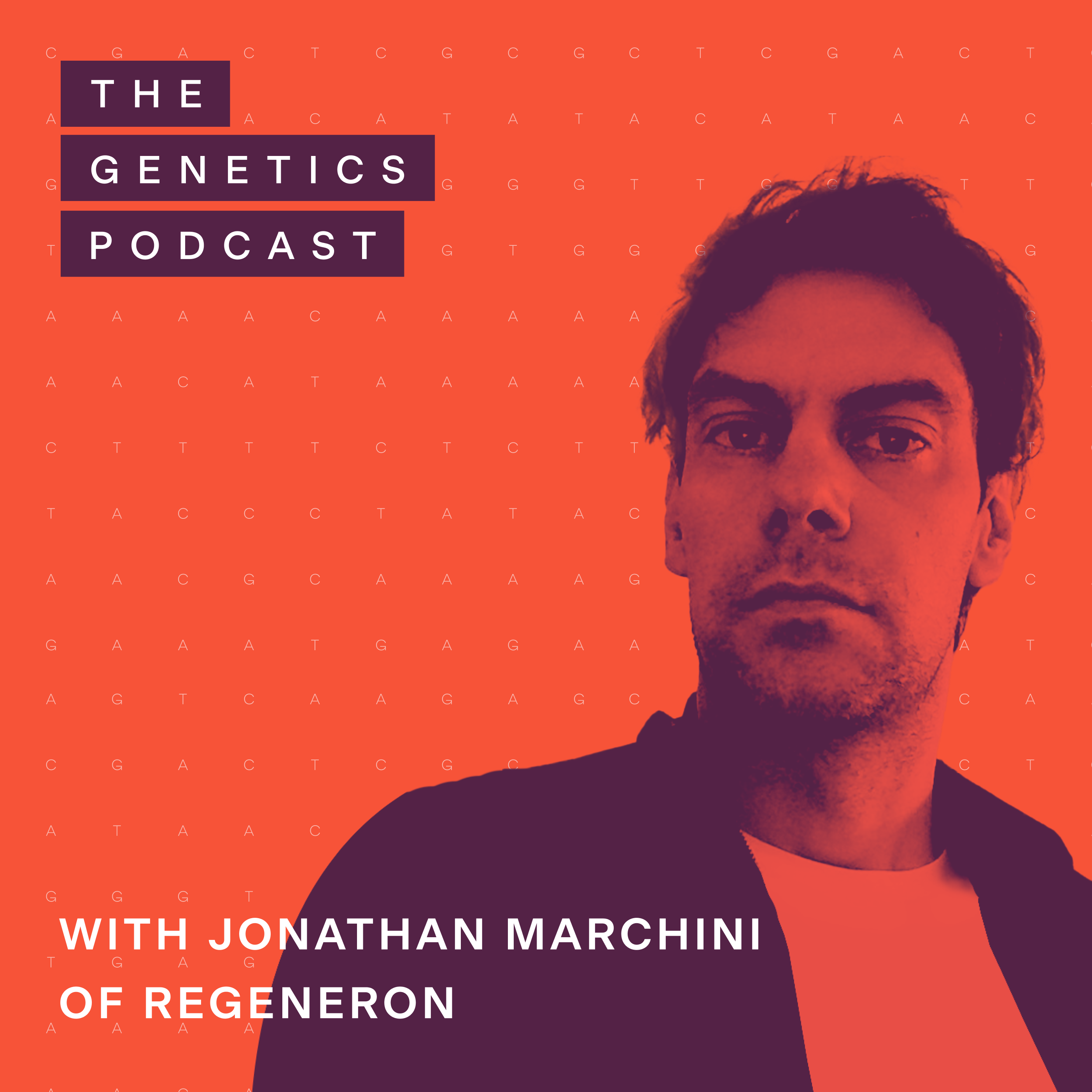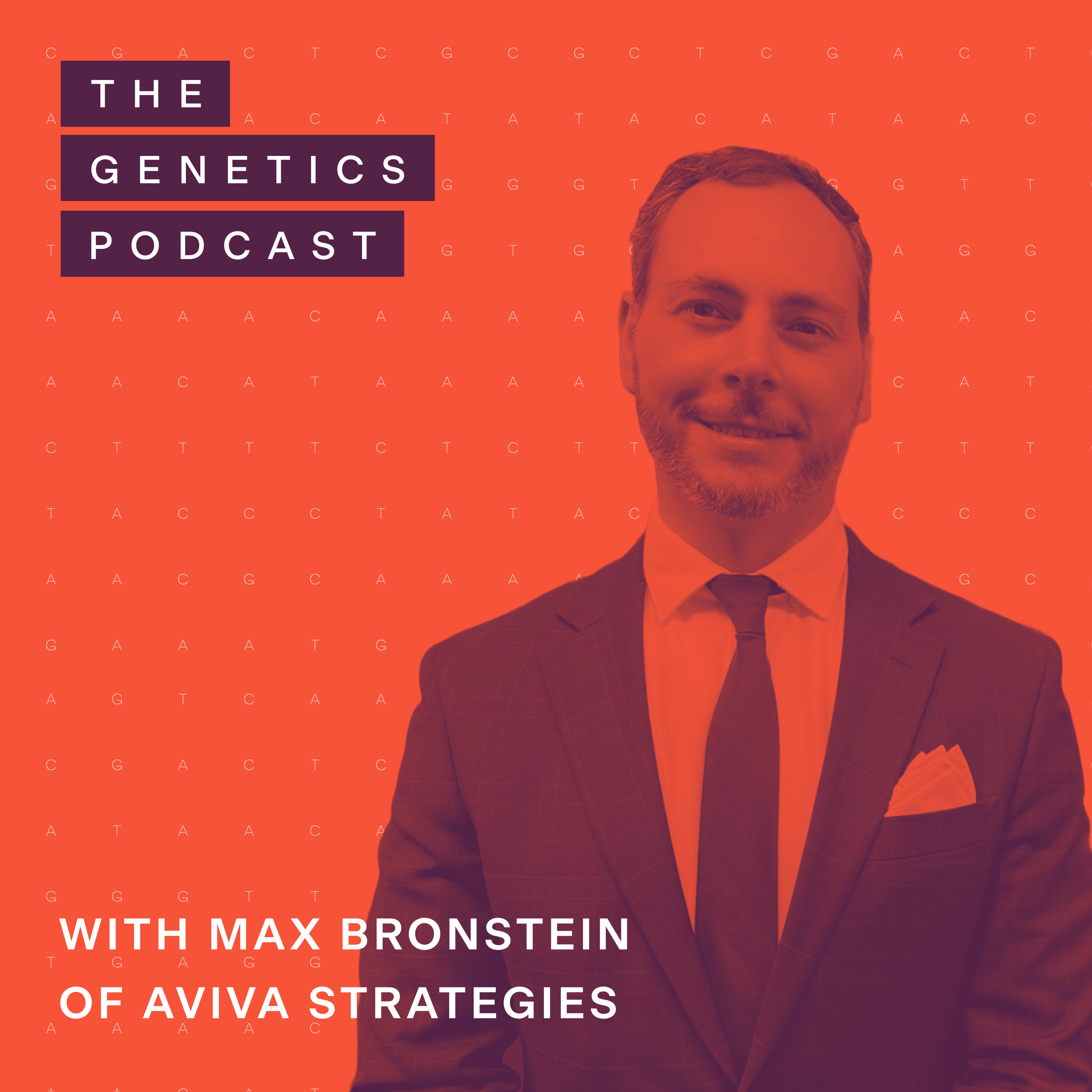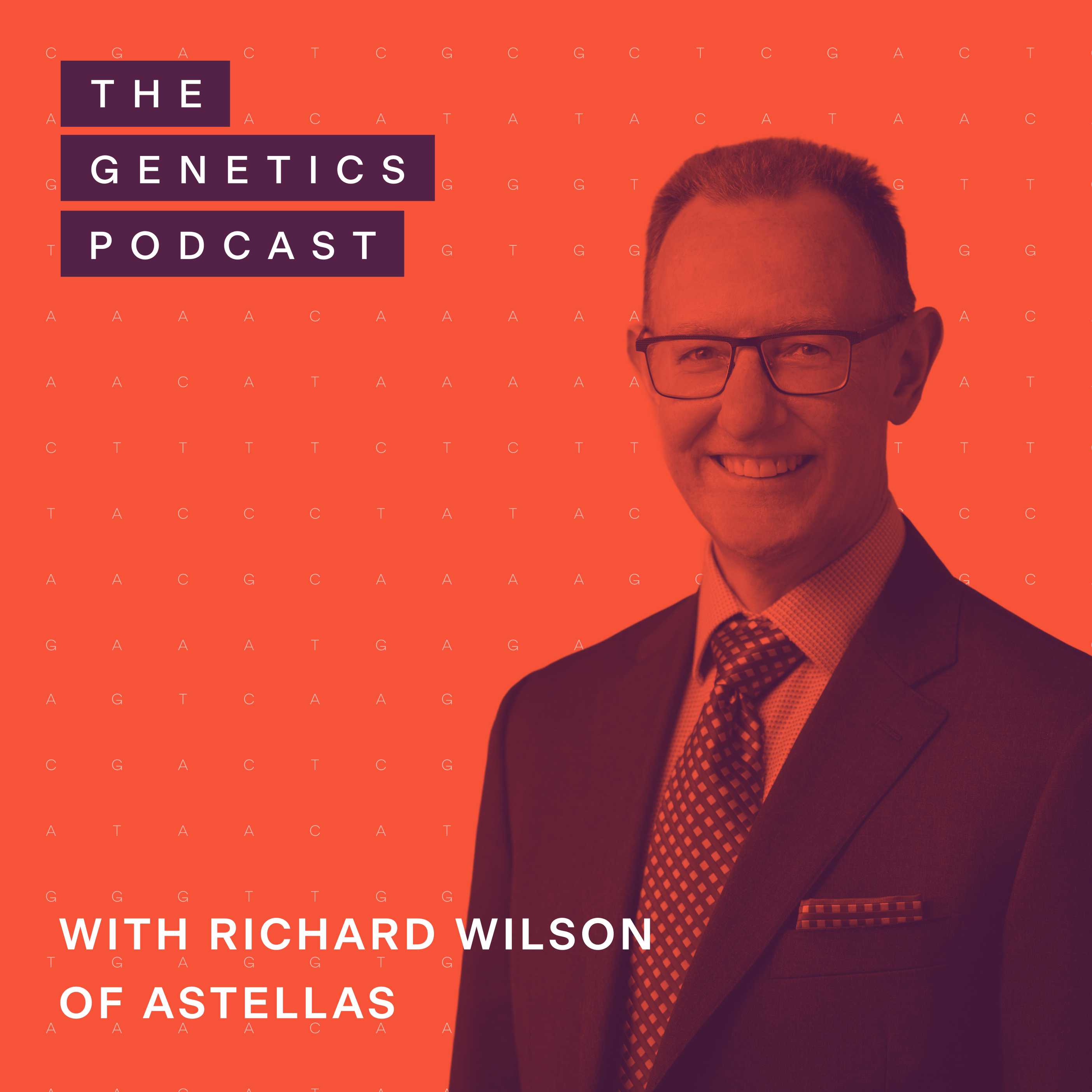Clinical research blog
Explore our blog for insights into the big questions in precision medicine and clinical research.
At Sano, our mission is to accelerate precision medicine research through technology, making it easier for sponsors to run trials efficiently and effectively. Each quarter, we highlight the innovations that bring us closer to that goal. In this 2025 Q3 Product Spotlight, our Senior Product Manager walks through the latest updates designed to make research more efficient, scalable, and participant-centric.
Natural history studies are central to rare disease research. Rare diseases are defined as conditions that affect less than 1 in 200,000 people in the US or less than 1 in 2,000 people in Europe. With small patient populations that can be hard to reach, traditional clinical trial models are insufficient for rare disease drug development.
On the most recent episode of The Genetics Podcast, Patrick speaks with Samuli Ripatti, director of the Institute for Molecular Medicine Finland (FIMM) and professor of biometry at the University of Helsinki. His research has focused on using large biobanks, particularly FinnGen, to understand cardiovascular disease and other common conditions.
On the latest episode of The Genetics Podcast, Patrick sat down with Jonathan Marchini, Head of Statistical Genetics & Machine Learning at the Regeneron Genetics Center (RGC). Before joining Regeneron, Jonathan spent two decades at the University of Oxford, helping shape the tools and collaborations behind the HapMap, 1000 Genomes, UK Biobank, and more. This conversation traces his path from teaching math in rural Tanzania to building large-scale methods that power today’s drug discovery.
On the latest episode of The Genetics Podcast, Patrick speaks with Max Bronstein, founder and CEO of Aviva Strategies, a health policy firm dedicated to supporting biotech and pharma companies in rare, ultra-rare, and precision medicine. With two decades of experience, Max has had a front-row seat to how public policy shapes the future of therapeutic development. The conversation covers the rapid shifts in Washington, the challenges at the FDA, and the opportunities to reimagine how we develop and deliver treatments for rare diseases.
Genetic medicines have been advancing at an extraordinary pace. Following the first wave of adeno-associated virus (AAV)–based gene therapies, the toolbox for gene therapy has expanded considerably. New therapeutic modalities like RNA medicines and CRISPR are unlocking even more doors. Together, these next-generation tools hold promise for a future where treatments can be tailored not only to rare disease populations but also to individual patients.
The next generation of advanced therapies, particularly gene therapies, hold enormous promise for patients with rare conditions. However, their clinical development brings unique challenges: highly targeted patient populations, the need for precise genetic characterization, and complex eligibility requirements.
In this week’s episode of The Genetics Podcast, we spoke with Richard Wilson, Senior Vice President and Primary Focus Lead for Genetic Regulation at Astellas, about the current state of gene therapy. Richard offered an insider’s view of the opportunities and challenges facing the field, from groundbreaking patient outcomes to manufacturing bottlenecks, regulatory scrutiny, and the commercial realities of bringing gene therapies to market.
At Sano, we’re continuously upgrading our platform and expanding our services to ensure we’re keeping up with the pace of precision medicine. Trials are difficult to manage, and genetic or biomarker testing adds further complexity. Adding a single test often means finding new labs, training new staff, updating protocols, and coordinating multiple vendors. This results in longer timelines, higher costs, and increased risk of participant drop-out.
In rare disease, families are often forced into roles that extend far beyond caregiving. When faced with diseases for which no treatment exists, parents have often moved into health policy and patient advocacy to push therapeutic development in an area with low demand and commercial prospects. In some instances, parents have even founded research organizations or biotech start-ups to accelerate drug development for patients who have no therapeutic alternatives and often may not have the luxury of time.










